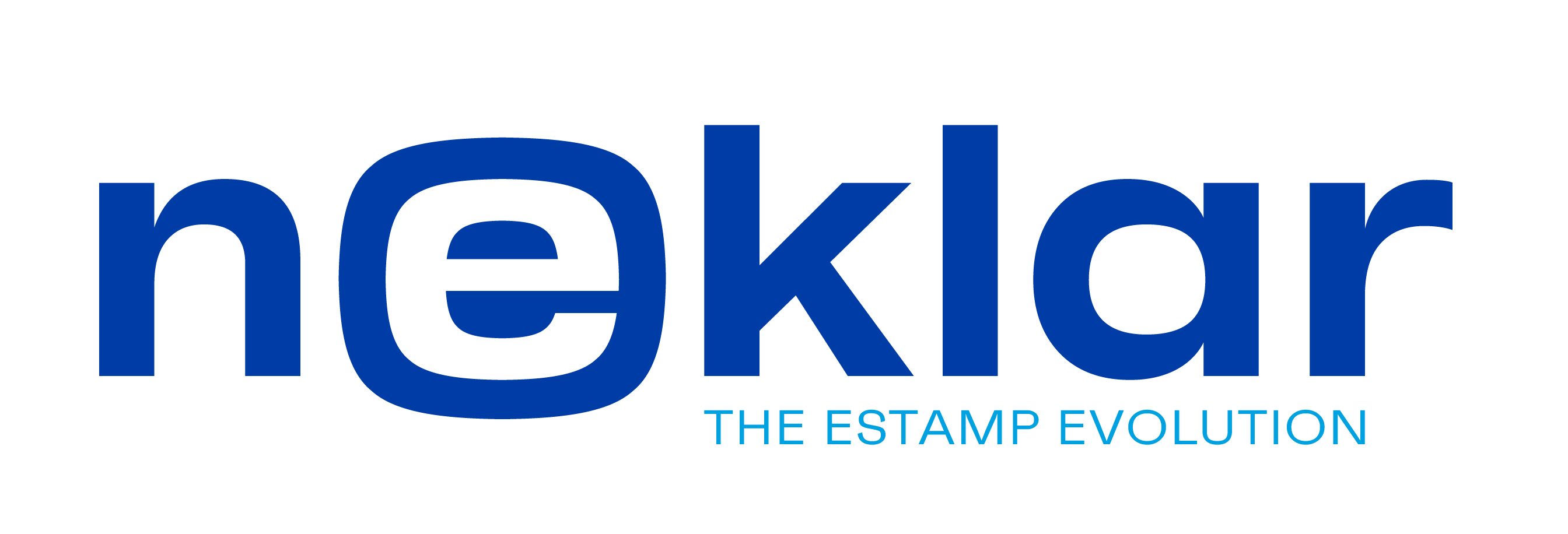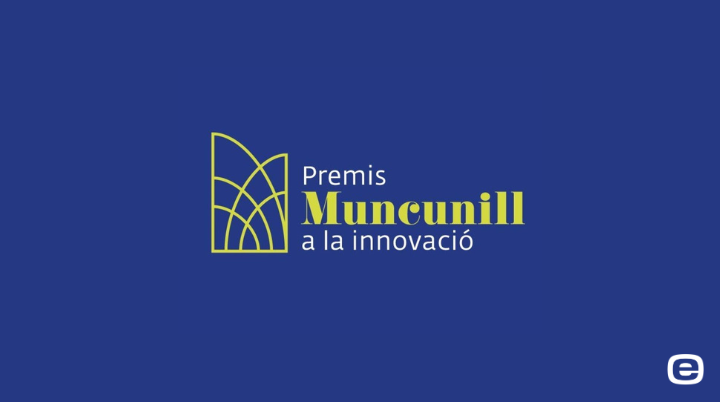We are pleased to inform you about an innovative advancement in our commitment to sustainable manufacturing. Recently, Neklar has implemented an advanced 6kW Laser Welding Cell, representing a significant step forward in our production capabilities.
In the current context of global carbon emissions reduction, innovation plays a crucial role. Therefore, at Neklar, we have decided to embrace laser technology to transform our manufacturing processes. By integrating laser welding into our operations, we not only enhance the efficiency and precision of our production but also significantly reduce our environmental footprint.
The strategic collaboration with Aimen, a prominent research institute, has been essential in achieving this milestone. Over the past three years, our joint efforts have culminated in the successful installation of this advanced laser welding cell. This collaboration underscores the importance of partnerships in driving innovation and pushing the boundaries of what is possible in the industry.
The benefits of this implementation are significant. Not only does it enable us to manufacture components for electric vehicles with unparalleled precision, like Cooling plates, but it also aligns with our steadfast commitment to environmental sustainability. By reducing energy consumption and waste generation, we contribute to a cleaner and greener future for generations to come.
We take pride in leading the way towards a more sustainable future. This investment in cutting-edge technology reaffirms our dedication to excellence and underscores our commitment to making a positive impact on the world around us.
Stay tuned for more updates as we continue to push the boundaries of innovation and sustainability in manufacturing.








Hello Everyone at eStamp; Your company is very interesting and we at ITW Performance Polymers understand this more than most. The transition to Electrification can be a difficult path.
For me personally, as someone who has been working in Li-ion Technology for almost 15 years, the rate of change in the last 4 years has been dramatic and I wish every success with your goals and ambitions.
Inside a battery pack, which in some cases nowadays is integrated into the structural body of the vehicle [CTC] the challenge has always been, can we do this better, smarter and more cost effective?
When we talk about Thermal management of a vehicle battery system, the level of Thermal management is governed by the cell chemistry. Some chemistries need significantly more management, due to higher temperature thresholds, increased voltages and beefed up cooling systems. The challenge is to design the system with the best efficiencies v cost. In NMC chemistries across higher voltage packs, creepage and clearance distances become problematic, the gap between cells is often limited to less than 1.00m and any CTI insulating material must prevent tracking, act as a thermal insulator and often needs to dissipate heat away from the cells [or work in reverse to cool them] to the cooling system by way of a heat collector or cooling pate. In the old days, cooling plates used to be brazed, but adhesive technology has extensively replaced the brazing & offer a cheaper lower cost alternative. In place of the thermal materials between cells a good alternative is a performance adhesive which can act as insulator, a thermal interface material to shed heat and a CTI rated material that will not prematurely age within the life of the battery cell, module or pack. Some adhesive also come UL 94 rated and can offer flame retardant properties, some low odour and a limited few , non-toxic.
If you find the above interesting and want to know more please contact me directly. I am passionate about good battery design, performance and safety.